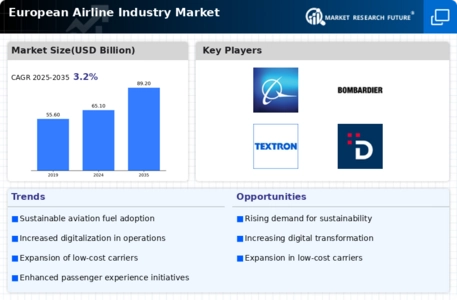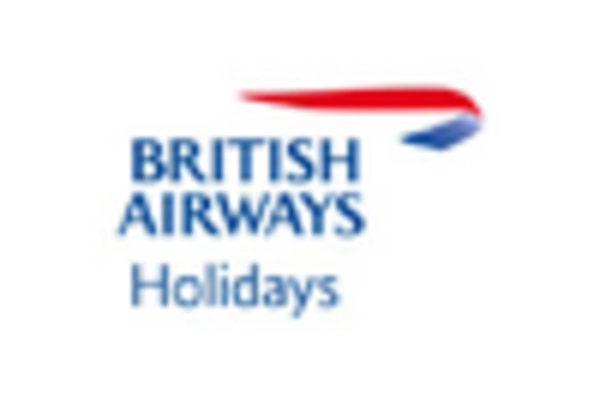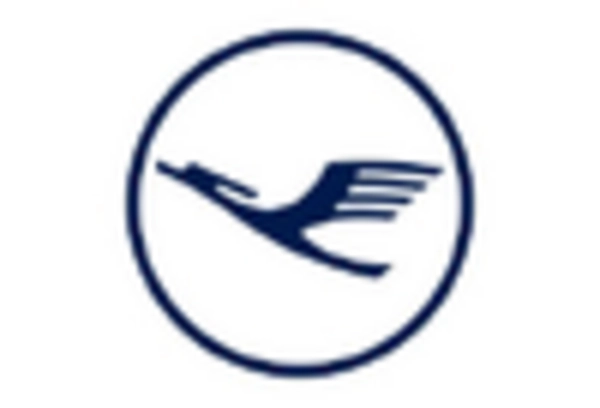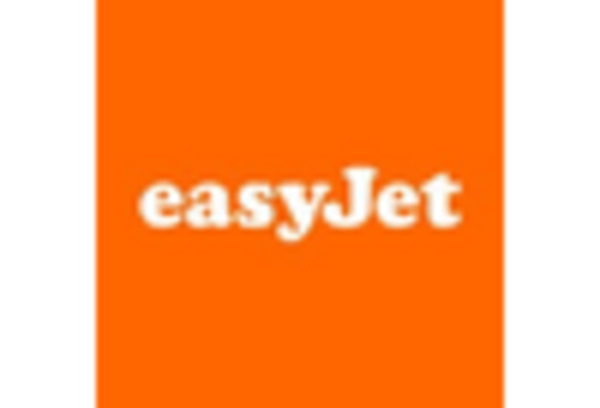Market Analysis
In-depth Analysis of European Airline Industry Market Industry Landscape
In recent times, the global demand for lightweight helicopters has experienced a notable upswing, fueled by several factors contributing to their increasing popularity across various sectors. The surge in the tourism industry, coupled with a rise in private ownership, and the expanding applications in law enforcement and paramilitary operations worldwide, has propelled the demand for these agile aircraft. Additionally, the growth of inner-city air travel, particularly in emerging economies grappling with rising traffic congestion, has further accelerated the market's expansion. A prominent trend accompanying this demand is the proliferation of charter helicopter companies, exemplified by industry giants such as Uber Technologies Inc. and ANI Technologies Pvt. Ltd. (Ola). These companies are pioneering helicopter facilities with fares that are 50% lower than those offered by traditional private helicopter service providers. This competitive pricing has spurred an increase in helicopter rentals for specialized purposes, including rescue and evacuation operations, filmmaking ventures, and tourism initiatives. Countries like India, Singapore, and select European Union nations have witnessed a surge in helicopter tourism, driven by factors such as the versatility, comfort, upgraded safety systems, and the ability of lightweight helicopters to navigate diverse conditions, making them particularly attractive for tourism ventures. the demand for lightweight helicopters has seen a rise in applications beyond tourism, extending to areas such as law enforcement and wildlife conservation. The escalating crime rates in countries like Brazil, Mexico, South Africa, and Afghanistan have spurred a growing need for lightweight helicopters in law enforcement activities. Helicopters are increasingly utilized by law enforcement agencies in these nations for surveillance, search and rescue missions, and maintaining public safety. the burgeoning demand for lightweight helicopters, driven by tourism and law enforcement applications, is poised to steer the growth of the global helicopter market in the forecast period. The multifaceted appeal of these helicopters, ranging from their adaptability in diverse conditions to their cost-effectiveness, positions them as indispensable assets in various sectors. As the market continues to evolve, the demand for lightweight helicopters is expected to remain robust, reflecting their versatility and efficiency in meeting the diverse needs of an ever-expanding global landscape.

















Leave a Comment